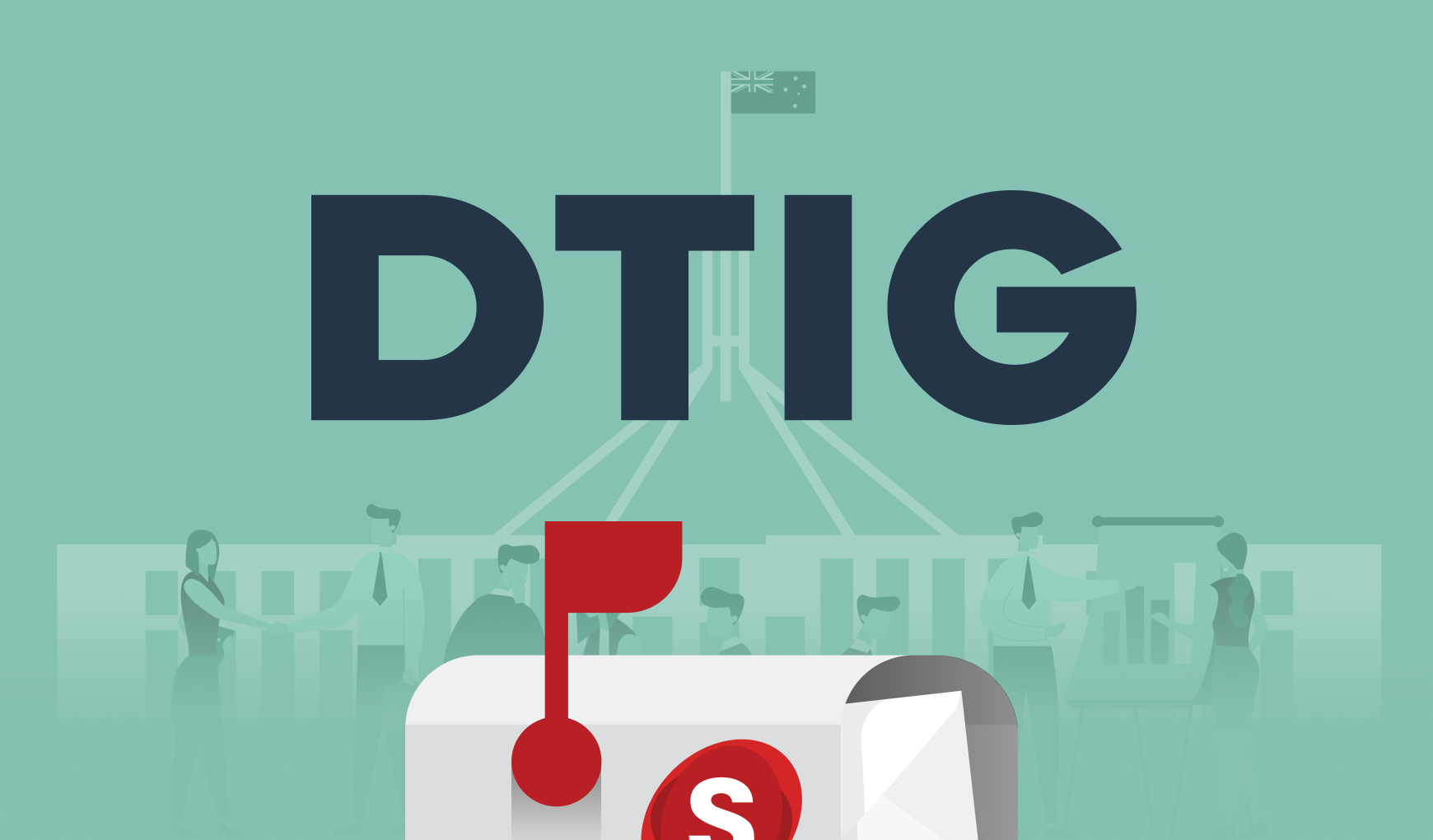Digital identity in Australia
Digital identity has been on Australia's agenda for a while now. The most recent milestone was the February DTA report on stakeholder . This report represents the synthesised feedback from 44 submissions covering government (16 submissions), the private sector (20 submissions) and individuals and consumer groups (eight submissions).
The feedback is in response to Digital Identity Legislation Background Paper and Consultation Paper, which was released on 16 November 2020.
Six key themes for Australia’s digital identity
The feedback report calls out six key themes from the submissions:
- Digital identity governance
- Liability framework
- Digital identity charges
- Legislative scope and interoperability with other systems
- Privacy and other safeguards
- Consistency of laws
Digital identity governance
Submissions expressed interest in the independent Oversight Authority body (or bodies) that will govern the system, focusing on the need for independence, regular reporting and the composition of the body.
Liability framework
Rolling out digital identity to the states and private sector will require a liability framework. In this area submissions varied, with the private sector favouring a limited or no liability approach while individuals wanted a more thorough liability system set up.
Digital identity charges
The DTA was keen to find out if people thought organisations that join or use the digital identity system should be charged. Submissions in this area felt there wasn’t enough information to form a strong opinion around charging. However, it should be noted that government responses and those who were advocates of a digital identity system felt it should be free or low-cost to help ensure greater adoption.
Legislative scope and interoperability with other systems
The submissions showed a high level of interest in how the digital identity system could interact with other systems and the importance of creating a framework that could adapt to future requirements.
There were also some competing views in this area, with the private sector and industry submissions suggesting a narrow scope (feeling that the legislation shouldn’t cover all digital identity systems or look at creating only one system), whereas government and information/privacy commissioners preferred a wider legislative approach to cover areas such as consumer and privacy safeguards, security, accessibility and usability.
Privacy and other safeguards
Digital identity legislation will ensure privacy and consumer issues are protected by law. Submissions supported this legislative approach and respondents were particularly interested in consent, opt-out and the use of biometrics. However, submissions also felt the system should be voluntary, with the ability for providers to offer access to services without the need to solely rely on a digital identity system.
Consistency of laws
Submissions also covered the need for digital identity legislation to work in conjunction with existing legislation.
What’s next for digital identity?
The DTA is currently creating a position paper based on the feedback. There will then be another round of consultation before legislation is drafted.
Salsa Digital’s take
Digital identity has been a hot issue for a few years now (see our 2016 DTIG The future of digital identity for some background), with Australia lagging behind many countries. However, creating a strong framework for digital identity is an essential element for success, as is consultation across government, industry and the public; so this thorough consultation process is an important step in Australia’s digital identity system.


